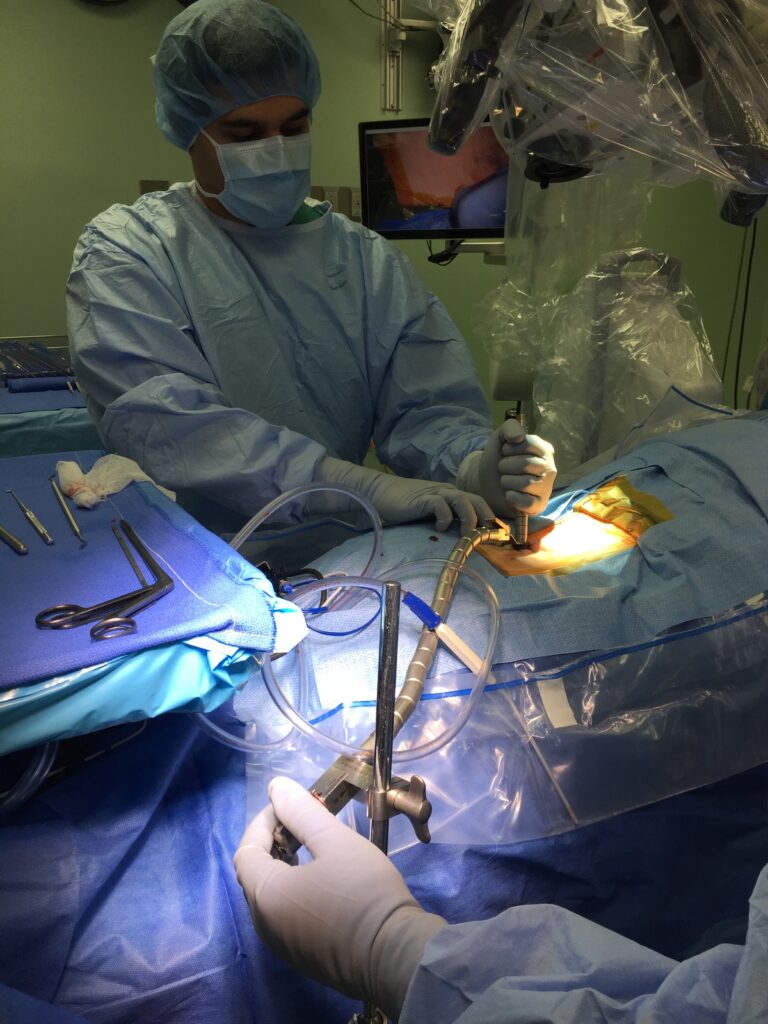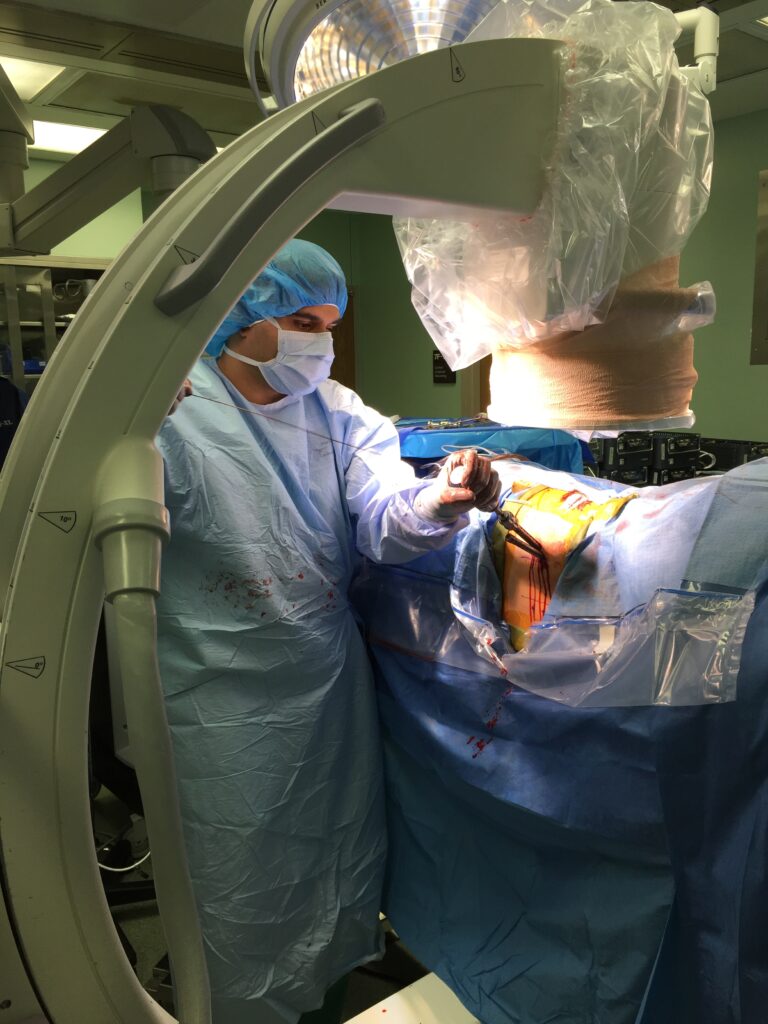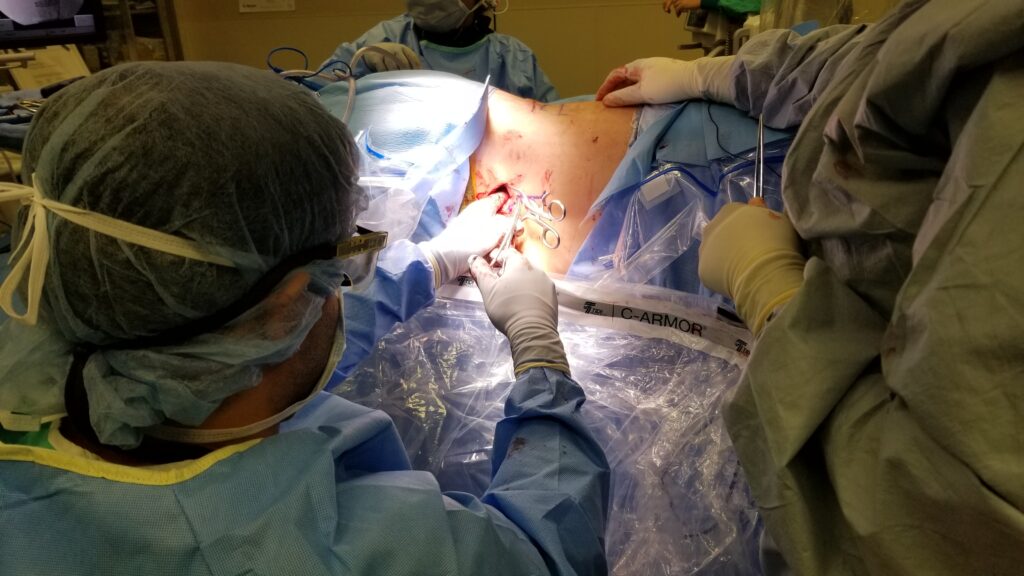How Neurosurgeons Tackle Spinal Disorders
Spinal disorders can be debilitating, affecting everything from mobility to daily comfort. The spine is a complex structure that supports our body, houses the spinal cord, and connects nerves that communicate with the brain. When something goes wrong with the spine, it can result in pain, weakness, numbness, and even paralysis. Thankfully, neurosurgeons are experts in diagnosing, treating, and surgically managing spinal conditions.
In this blog post, we’ll explore how neurosurgeons tackle spinal disorders, from conservative treatments to advanced surgical procedures.
What Are Spinal Disorders?
Spinal disorders encompass a wide range of conditions that affect the bones, discs, nerves, and tissues of the spine. These conditions can result from injury, aging, genetic factors, or disease. Common spinal disorders include:
- Herniated Discs: When the cushion-like discs between the vertebrae slip out of place, causing nerve compression and pain.
- Spinal Stenosis: Narrowing of the spinal canal, which puts pressure on the spinal cord and nerves.
- Scoliosis: Abnormal curvature of the spine.
- Degenerative Disc Disease: Wear and tear on spinal discs that can lead to pain and reduced mobility.
- Spinal Fractures: Breaks or cracks in the bones of the spine, often caused by trauma or osteoporosis.
- Sciatica: Pain that radiates along the sciatic nerve, often caused by pressure on the spine.
- Spondylolisthesis: A condition where one vertebra slips out of place over another, causing pain or nerve issues.
Neurosurgeons specialize in addressing these types of spinal issues through a combination of diagnostic techniques, treatments, and, when necessary, surgical procedures.
How Neurosurgeons Diagnose Spinal Disorders
The first step in treating any spinal disorder is to obtain an accurate diagnosis. Neurosurgeons use several methods to assess the condition of the spine, including:
-
Physical Exam: The neurosurgeon will evaluate the patient’s posture, spinal alignment, range of motion, and reflexes. This helps identify any areas of pain, weakness, or dysfunction.
-
Imaging Tests: X-rays, MRI (Magnetic Resonance Imaging), and CT (Computed Tomography) scans are commonly used to get detailed images of the spine and surrounding tissues. These tests help identify structural issues such as herniated discs, fractures, or spinal tumors.
-
Nerve Conduction Studies: If nerve damage or compression is suspected, nerve conduction studies (such as EMG) may be conducted to assess the health of the nerves and muscles.
Treatment Options for Spinal Disorders
Once a diagnosis is made, neurosurgeons work with patients to develop a personalized treatment plan. Depending on the severity of the condition, treatment may involve conservative (non-surgical) methods or surgical intervention.
1. Conservative Treatments
In many cases, spinal disorders can be managed with non-invasive treatments. Neurosurgeons often start with conservative approaches to relieve pain, reduce inflammation, and improve function. These treatments include:
- Physical Therapy: Tailored exercises and stretches to strengthen muscles, improve flexibility, and support spinal alignment.
- Medications: Nonsteroidal anti-inflammatory drugs (NSAIDs), pain relievers, or muscle relaxants can help manage pain and inflammation.
- Steroid Injections: Corticosteroid injections into the spine can provide short-term relief for inflammation and pain, especially for conditions like herniated discs or spinal stenosis.
- Chiropractic Care and Spinal Manipulation: In some cases, manual manipulation of the spine can help alleviate pain and improve mobility.
- Lifestyle Modifications: Losing weight, improving posture, and avoiding activities that aggravate the condition can help manage symptoms.
2. Surgical Treatments
When conservative treatments don’t provide sufficient relief or when the spinal disorder is severe, surgery may be necessary. Neurosurgeons use advanced surgical techniques to treat a variety of spinal conditions. Some of the most common surgical procedures include:
- Discectomy: Removal of a herniated or damaged disc to relieve pressure on the spinal cord or nerves. This can help alleviate pain and improve mobility.
- Laminectomy: Removal of part of the vertebra (lamina) to widen the spinal canal and relieve pressure on the nerves, commonly used for spinal stenosis.


